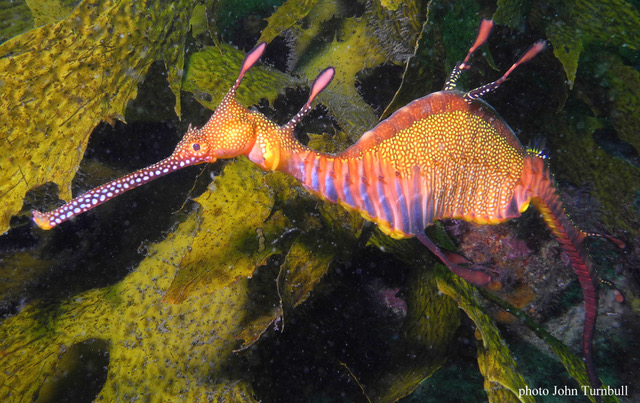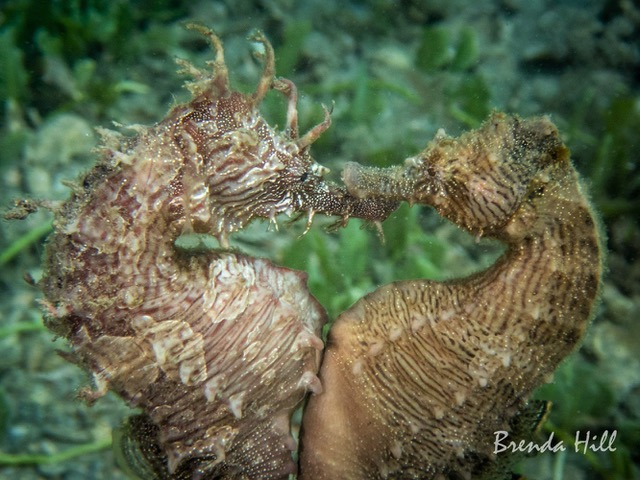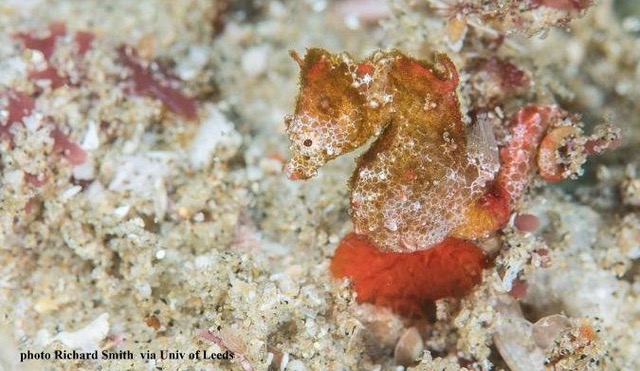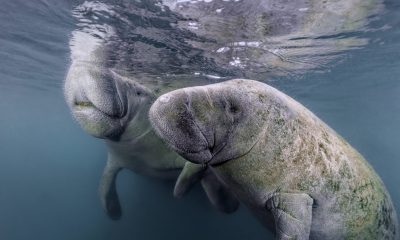Marine Life & Conservation Blogs
Dragons of the sea

Guest Blog by Staci-lee Sherwood
The most fascinating and unique characteristic of the Syngnathidae family is how it’s the male that gives birth. This fish family includes Seahorses, Pipefish and Seadragon. Having a head like a horse, Seahorses and Seadragons stand out as a fish species in the marine world. They are true rock stars of the ocean and a favorite among photographers. Their tiny size and elusiveness just add to their appeal.
Seadragons
Lesser known than their more famous cousins they are stars in their own right. These tiny dragons of the sea are larger in size with more color and intriguing patterns. Found only in southern Australian waters makes them rare. There are three recognized species, the Weedy, Leafy and newly described Ruby seadragon.
Elusive species are more alluring to scientists because of the chance to be the first to discover something new. Not much is known about their lives and researchers hope to shed light on these rainbow colored fish. Their diet consists of tiny mysid shrimp and other zooplankton. After mating the female deposits up to 300 eggs into the male’s brood patch who then fertilizes and carries them till birth. Despite their being much larger than Seahorses, which range in size from 1 – 6 inches, they produce about 1/3 of the eggs. Seadragons range in size from 13 – 18 inches
In 2006 the IUCN listed them as Near Threatened on the Red List. A lot has changed since then. As the Seahorse population continues to decline China might look more toward the Seadragon to fill the void.
Seahorses
One fascinating fact about this family of fish they lack teeth or stomachs. Instead they suck up food through their snout. Lacking a stomach means food goes in and out rather quickly. Seahorses will mate for life. During the courtship dance they curl their tails and change color. Following the mating ritual it’s the female that deposits up to 1,000 eggs in the male’s pouch. A handy survival skill, like the chameleon, they can change color to blend into their surroundings.
Diminutive in size they capture the imagination of young and old alike but are in serious danger of going extinct. Illegal harvesting by China for traditional medicine, used as decoration in key chains and pendants and polluted water have taken their toll. Without global bans on their exploitation and fierce enforcement the world could lose these horse looking fish. There are over 40 recognized species globally.
Florida
Many Floridians don’t know we have three species of seahorses, the Dwarf, Lined and Long Snouted. These are all listed as either Vulnerable or Threatened in US waters. One of the biggest threats in Florida is the heavily polluted water they live in. Seahorses live in shallow tropical waters where their habitat is coral reefs, seagrass beds and mangroves. Unfortunately in Florida the water quality is so poor most of the seagrass is dead while the bleaching of coral reefs has caused their decline. A bleak future awaits this species.
Globally all species are being pulled from the ocean so Florida populations are at risk of extinction. A favorite among divers, some local populations have fan clubs where divers will make special trips hoping to see them.
Australia
The White’s Seahorse, also known as the Sydney Seahorse, has a population decline over 90%. In 2018 they became the second seahorse species in the world to be listed on the IUCN Red List Status as endangered. Alarmed scientists took this opportunity to try to save them in a unique way. Research showed this species uses artificial reefs if natural ones are absent. David Harasti, Senior Research Scientist at Port Stephens Fisheries Institute, created the ‘Seahorse Hotels’ out of metal cages. Once placed underwater they soon attract a variety of marine life like Coral and Sponges. In a matter of weeks they’re covered and start attracting endangered Seahorses.
I spoke with Dr. Harasti about the use of these hotels for other species, especially those found in other parts of the world. Regarding their use Harasti said “the use of hotels may only be suitable for particular seahorse species. We know that they work really well for those species that like artificial habitats such as the White’s seahorse and Pot-belly seahorse in Australia and the Short-head seahorse found in Europe.”
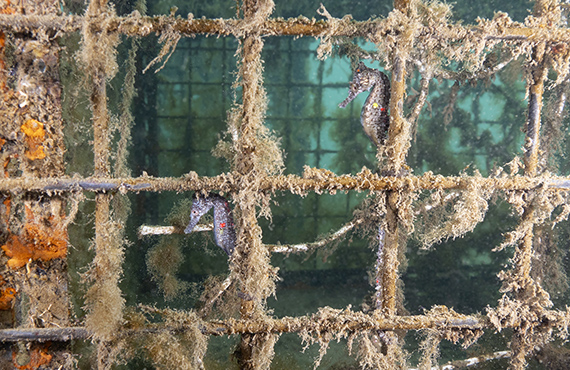
Two tagged juvenile White’s Seahorses living in a hotel 4 months after deployment (Photo: D. Harasti)
Captive bred juvenile seahorses are released into hotels hoping they will breed and help recover their population. Surveys show adult seahorses have also taken to them. The project has only been around a few years so it’s too early to tell if the population will rebound. Illegal harvesting worldwide must stop and laws must be enforced. With such a steep decline of a species that gets little attention we need real conservation on a global scale now. Click here to learn more about these hotels and watch some amazing videos https://www.dpi.nsw.gov.au/fishing/species-protection/what-current/endangered-species2/whites-seahorse
South Africa
In 2017 a photograph taken off the eastern coast of South Africa in Sodwana Bay by Savannah Nalu Olivier showed a new species barely the size of a fingernail. After viewing the photograph, pygmy seahorse expert Richard Smith realized this was a new discovery. This is the first pygmy seahorse discovered in the Indian Ocean. Most pygmy seahorses survive by camouflage among vegetation so what an amazing find to see something so microscopic. To read the 2020 study click here https://zookeys.pensoft.net/article/50924/
Global threats
According to Seahorse Trust the biggest threat to survival is the taking of an estimated 150,000,000 every year, mostly by China, to be used in their traditional medicine. The use of Seahorses for asthma and impotence has no scientific basis and can be fixed with modern medicine. Another 1,000,000 are caught for captivity in personal aquariums. There are no accurate numbers for how many end up used in trinkets but it’s estimated 1,000,000 are lost. At this rate we will push this species toward extinction.
In the past twenty years there has been a global increase in the capture and selling for use in about 80 countries. Varying degrees of threats exist for different species and different regions. Somewhere between 50 -97% decline in their population makes for an urgent call to end their use whether for personal and medical reasons. The world must agree to a ban with enforcement or lose one of its most amazing creatures .
Help save our Seahorses and Seadragons with these do’s and don’ts:
- Don’t buy dried Seahorses, or trinkets that use them
- Don’t buy live Seahorses for aquariums
- Do use modern medicine which is effective and safe instead of Traditional Chinese Medicine
- Never pollute the water
- Support conservation efforts
- Spread the message
To learn how to help Seahorses https://www.theseahorsetrust.org/
To help conservation in Australia https://www.visitsealife.com/sydney/conservation/
Header Image: Tony Brown
Blogs
Seal Encounter Dives at Lundy Island
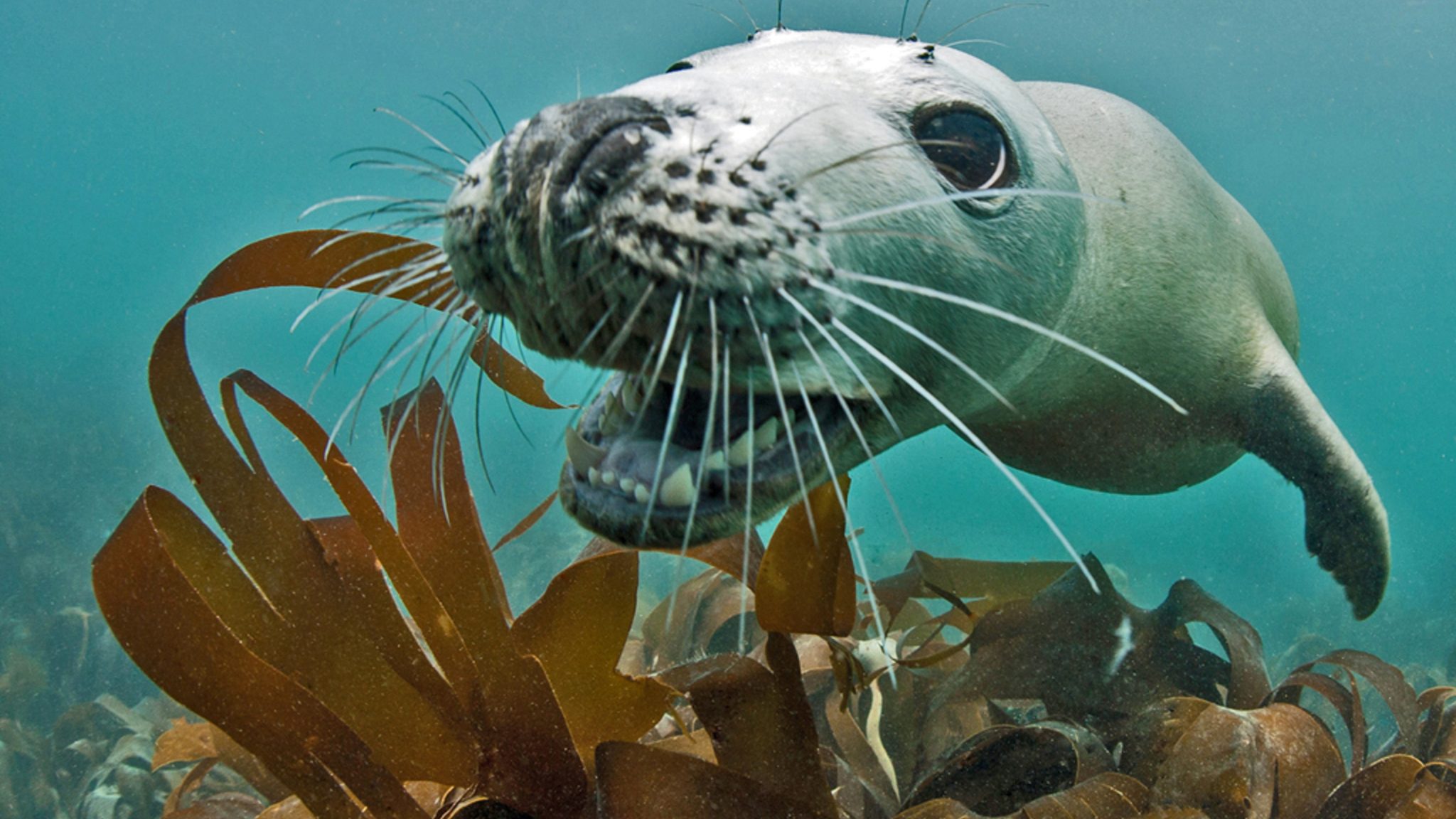
Voted No. 3 on the Top 10 Ultimate British Isles Bucket List by The Independent, these dives offer the closest marine mammal encounter available to divers in the UK. Friendly and playful, respectful divers are often rewarded by incredible interaction with the Lundy Seals.
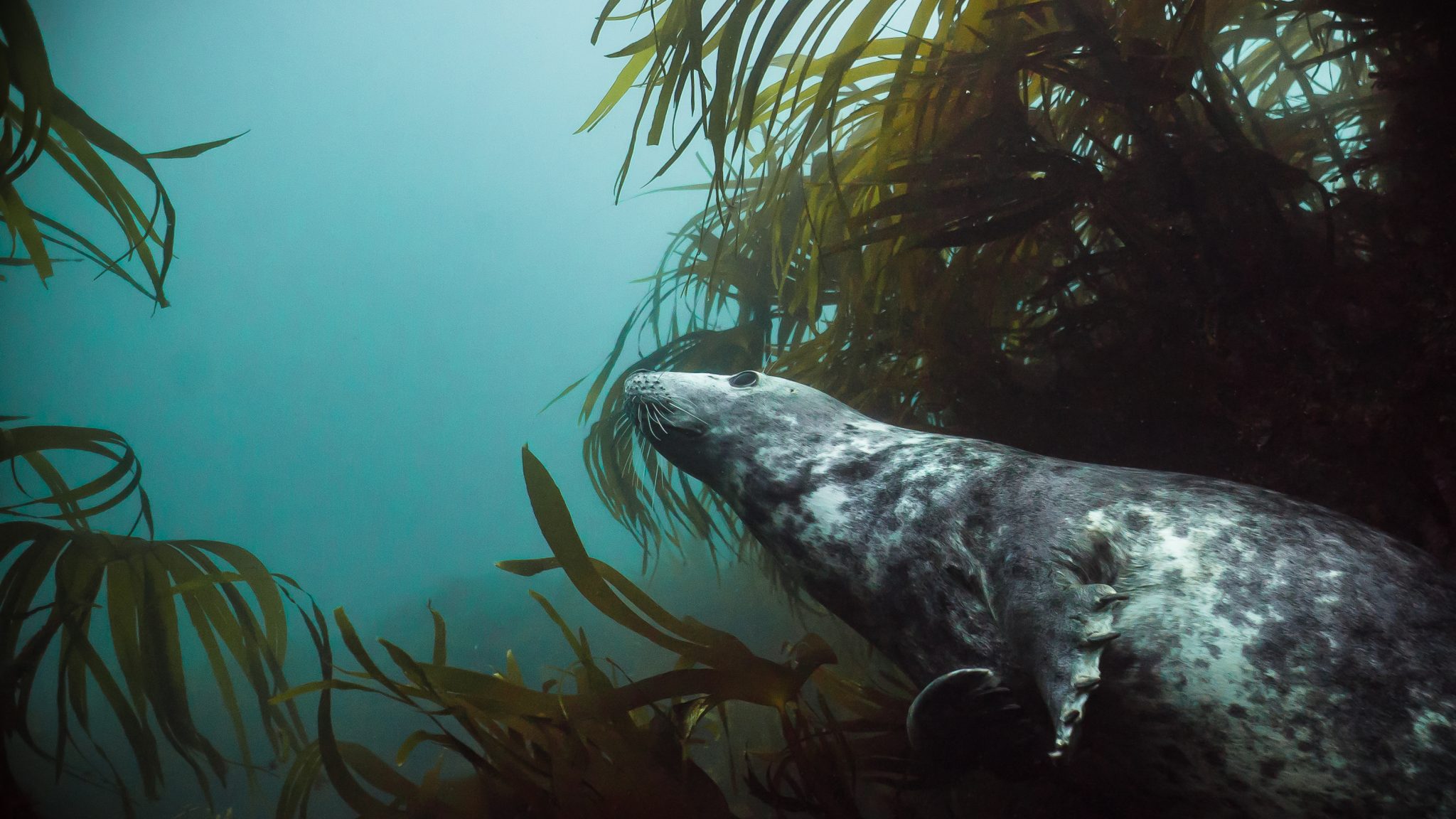
Easy Divers has been running guided dive trips to Lundy for nearly 10 years and offers dive equipment hire if required. Trips depart from the stunning harbour town of Ilfracombe in North Devon and Dolphins are often seen during the boat passage.
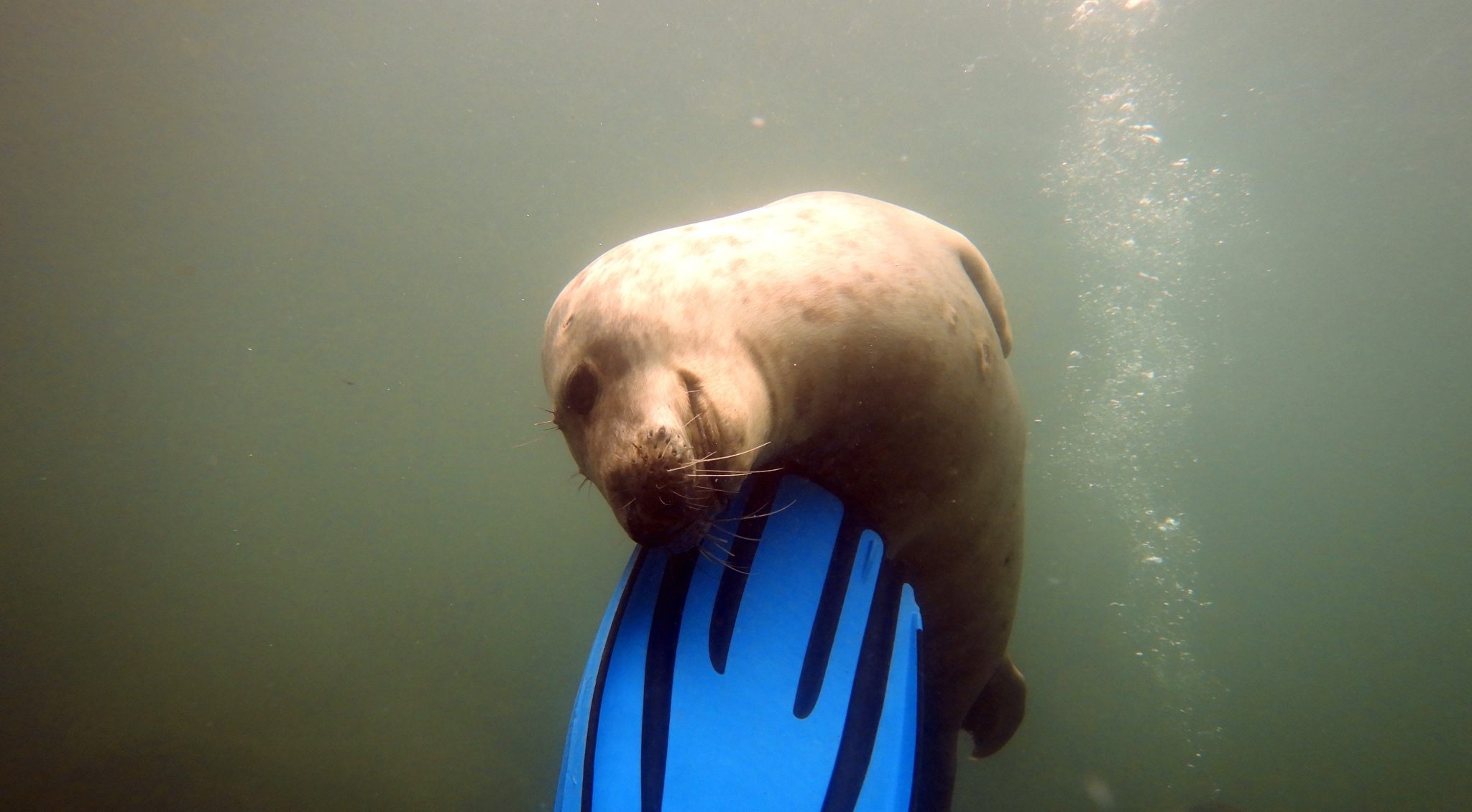
In addition to diving, Ilfracombe is a great base from which to hike the South West Coast Path, dip into surfing at the UK’s first World Surf reserve, enjoy other water sports or head to Exmoor National Park.
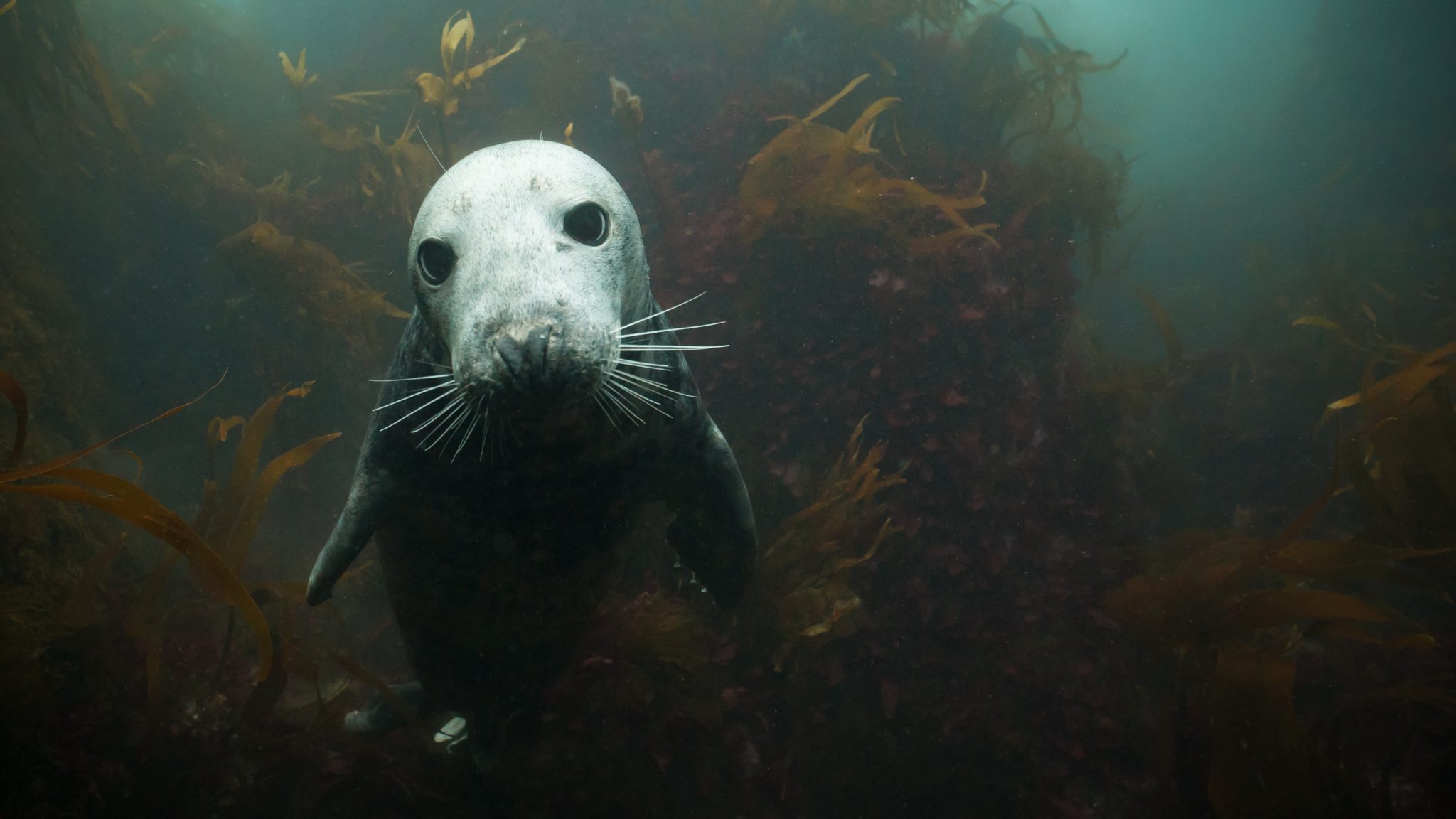
Easy Divers also runs a diver-friendly guest house, with a discount for diving customers and kit rinsing and drying facilities.
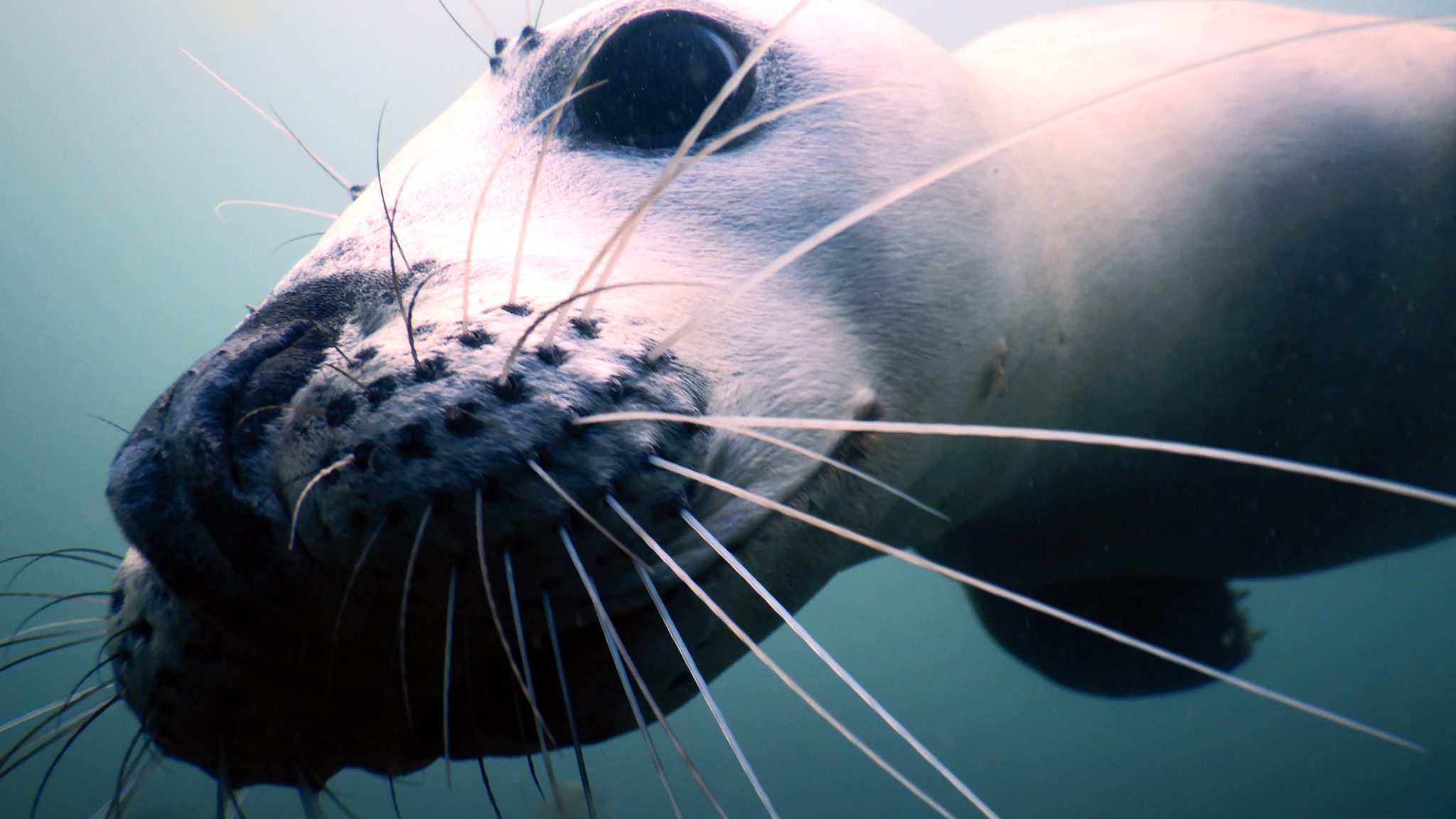
The Seal encounter dive sites are shallow and sheltered and are suitable for divers of all levels, making them a great introduction to British diving.
Exclusive Offer for Scubaverse Subscribers
Use your exclusive Scubaverse discount code scubaverse10% before the end of June and join us for a Seal encounter dive trip to Lundy Island, on any trip date with availability this Summer. Visit https://www.easydiversnorthdevon.co.uk/lundy-dive-trips/seal-encounter-dive-trips/ and enter code scubaverse10% at the on-line check out.
Trips book out well ahead, so book now to avoid disappointment. To save 10% on any 1 night stay at our guest house, please call 07833 020424. We offer free cancellation for divers who book a 1 night stay, if we have to re-schedule due to unsafe weather.
Join us for Britain’s best marine mammal diving experience!
Trips run from end of May to mid-October and are bookable via email at info@easydiversnorthdevon.co.uk, on-line via the Easy Divers website, www.easydiversnorthdevon.co.uk, or call 07833 020424 for more info
Blogs
Heading out on the water this Summer? Watch for manatees
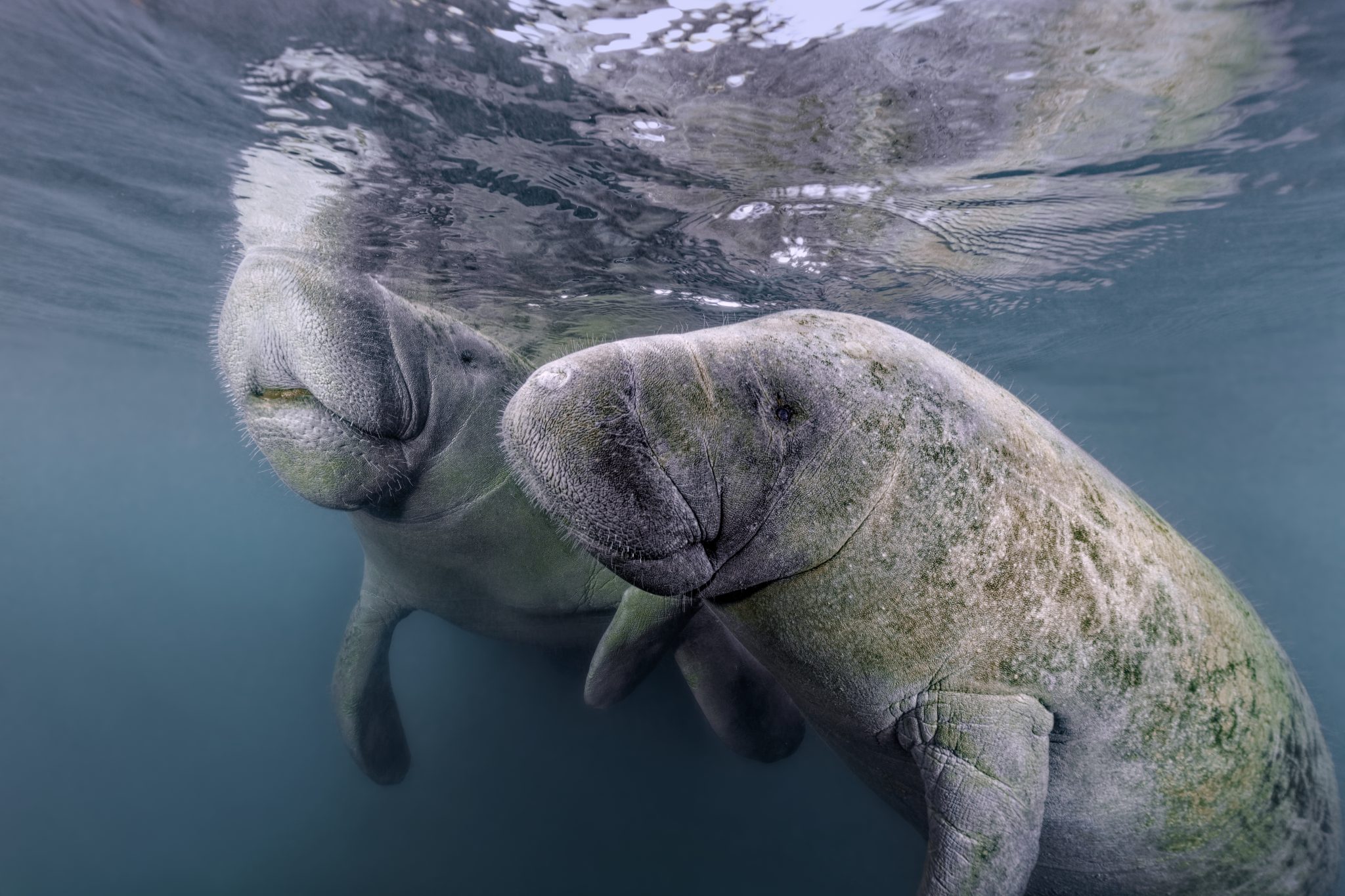
As National Safe Boating Week approaches, Save the Manatee® Club is urging boaters, and anyone that enjoys Florida’s waterways, to respect and protect the defenseless manatees that inhabit our shared waterways. From May 18 to 24, leading up to Memorial Day Weekend, the campaign aims to raise awareness about recreational boating safety and the importance of safeguarding imperiled manatees during the summer boating season. This week also emphasizes the importance of encouraging boaters to enroll in a boating safety course.
Manatees are semi-migratory marine mammals that are commonly found in shallow estuaries, bays, rivers, canals, and coastal areas throughout Florida and neighboring states. With some manatees venturing as far west as Texas and as far north as Massachusetts, collisions between these gentle giants and watercraft have become distressingly frequent. Boat propellers and high-speed collisions pose significant threats to manatees, often resulting in severe injuries or even death.
Save the Manatee Club is calling on all water enthusiasts to follow essential manatee safety tips to ensure the well-being of the imperiled manatee:
- Obey Speed Zone Signs: Familiarize yourself with and adhere to posted speed limits to prevent collisions with manatees.
- Reduce Glare with Polarized Sunglasses: Wear polarized sunglasses to enhance visibility and spot manatees below the water’s surface.
- Recognize Manatee Signs: Learn to identify signs of manatees in the area, such as swirls or flat spots on the water caused by their movements.
- Respect Manatee Sanctuaries: Keep a safe distance from posted manatee sanctuaries and avoid pursuing or harassing these marine mammals, as it is illegal and can disrupt their natural behaviors.
- Report Distressed Manatees: In Florida, promptly report distressed, injured, tagged, or orphaned manatees to the Florida Fish and Wildlife Conservation Commission (FWC) at 1-888-404-FWCC (3922). Outside of Florida, report sightings to the appropriate state agency or rescue organization. A list of agencies to contact is available at savethemanatee.org/report.
- Protect Seagrass Beds: Avoid boating over seagrass beds and shallow areas where manatees may be feeding. Stick to deep water channels while remaining vigilant, as manatees also utilize these channels during their travels.
- Dispose of Fishing Line Responsibly: Anglers should properly dispose of or recycle used fishing line to prevent entanglement hazards for manatees.
“Each year, National Safe Boating Week provides an excellent reminder for all of us to be aware that we share our waterways with vulnerable manatees,” emphasized Patrick Rose, Aquatic Biologist and Executive Director of Save the Manatee Club. “With the recent Unusual Mortality Event on Florida’s East Coast claiming an alarming number of manatees’ lives, it is more crucial than ever to prevent preventable deaths caused by watercraft collisions. By following manatee-safe boating guidelines, such as obeying speed zones and remaining vigilant for manatees, everyone on the water can contribute to the protection of these gentle giants.”
Save the Manatee Club offers a range of free materials to help safeguard manatees and raise awareness about manatee-safe boating practices. Shoreline property owners and park or marina managers can order aluminum dock signs to alert others about the presence of manatees in their areas. Boaters and paddlers can request packets containing a safety tips card, a waterproof boat banner, and a decal to display on their vessels, providing the number to report manatees in distress. To view and request these materials, visit savethemanatee.org/resources. Save the Manatee Club will also be hosting a live webinar for National Safe Boating Week on Tuesday, May 21st at 6pm EST. To register, visit savethemanatee.org/register.
-

 Gear Reviews4 weeks ago
Gear Reviews4 weeks agoGEAR REVIEW – Revolutionising Diving Comfort: The Sharkskin T2 Chillproof Suit
-

 Marine Life & Conservation Blogs3 months ago
Marine Life & Conservation Blogs3 months agoCreature Feature: Swell Sharks
-

 Blogs2 months ago
Blogs2 months agoMurex Resorts: Passport to Paradise!
-

 Blogs3 months ago
Blogs3 months agoDiver Discovering Whale Skeletons Beneath Ice Judged World’s Best Underwater Photograph
-

 News3 months ago
News3 months agoPADI Teams Up with Wellness Brand Neuro to Drive Ocean Change and Create a Blue State of Mind
-

 Marine Life & Conservation2 months ago
Marine Life & Conservation2 months agoSave the Manatee Club launches brand new webcams at Silver Springs State Park, Florida
-

 Blogs2 months ago
Blogs2 months agoSeagrass Awareness Month brings critical food source for Manatees to centre stage
-
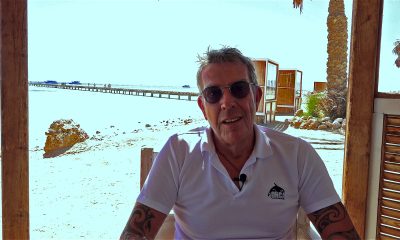
 Blogs1 month ago
Blogs1 month agoSOMABAY: Scubaverse interviews Wolfgang Clausen, General Manager, ORCA Dive Clubs


